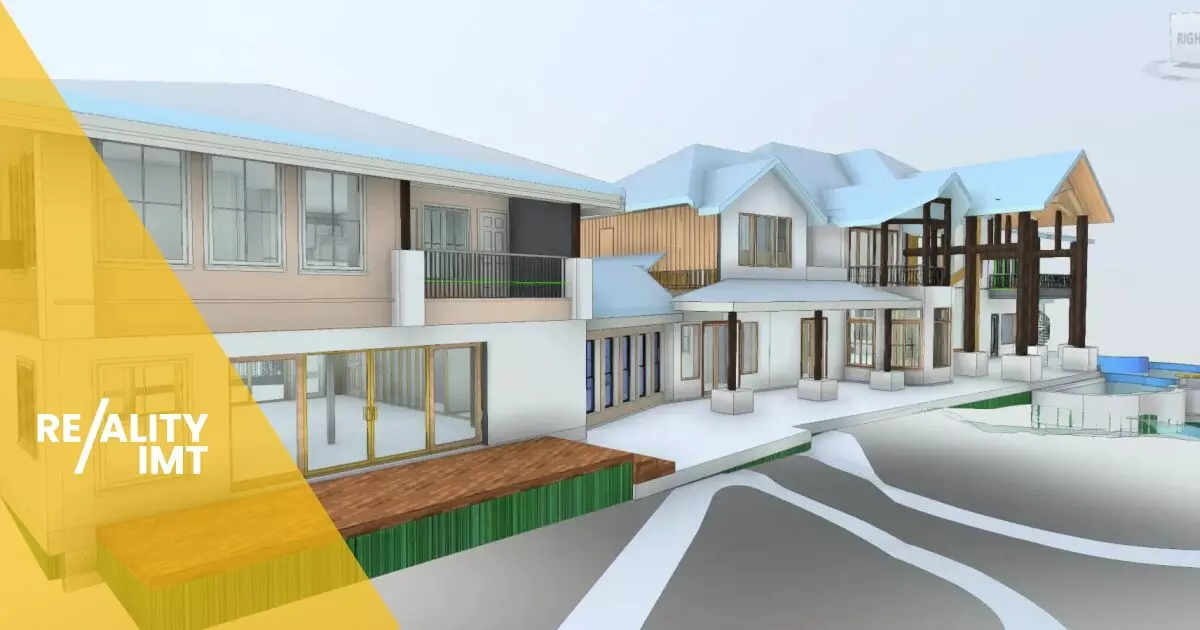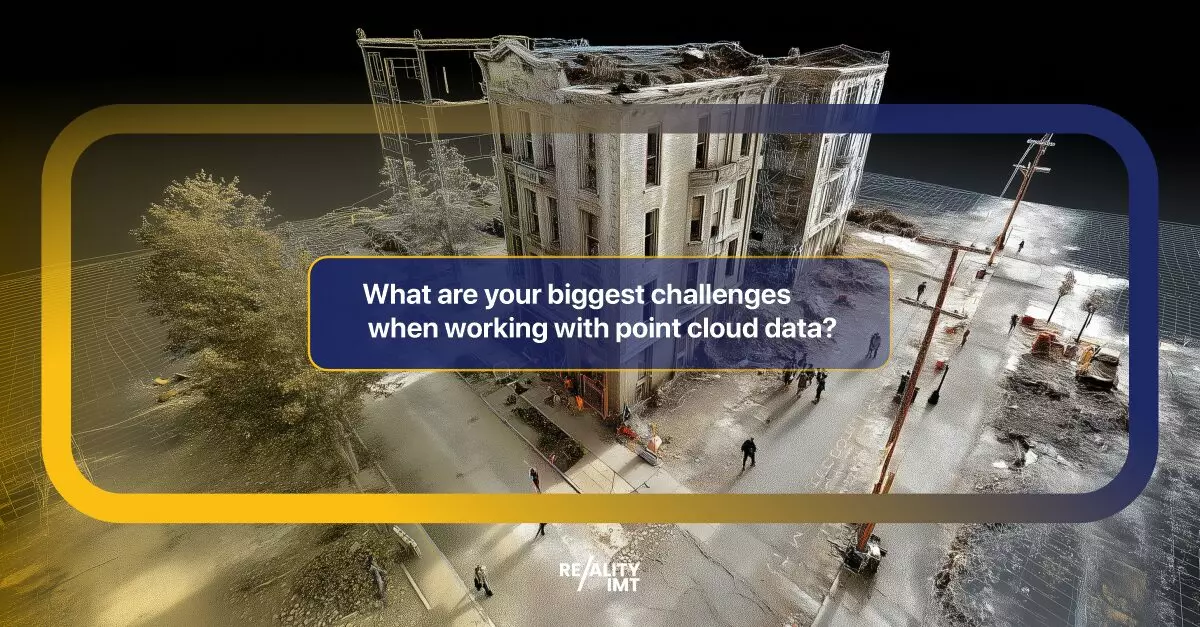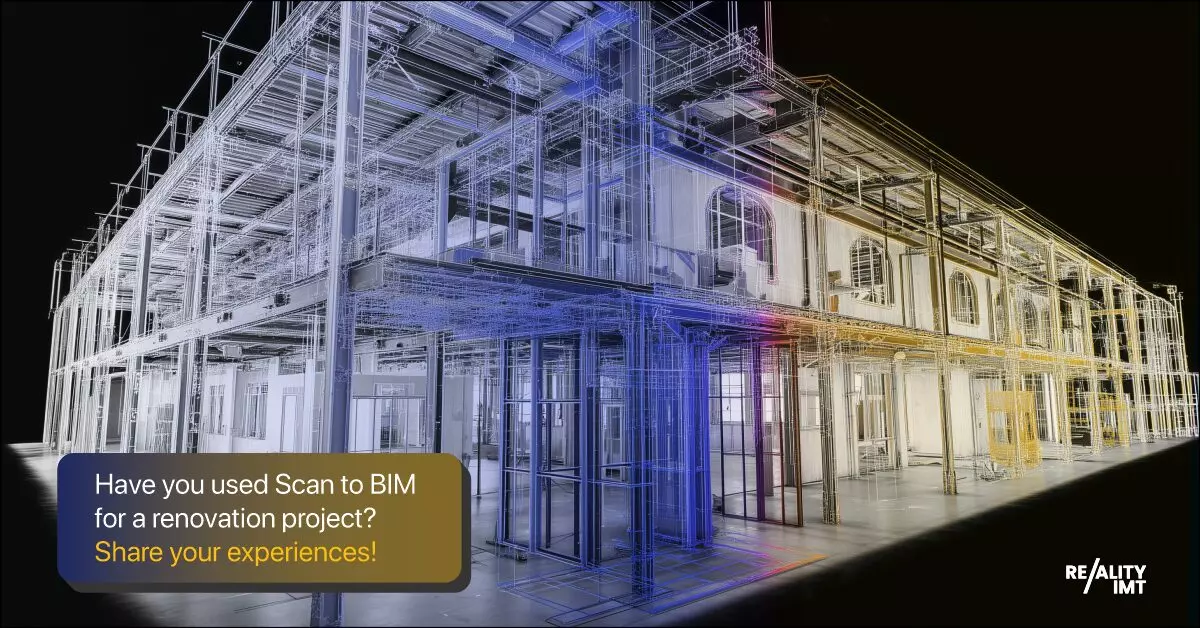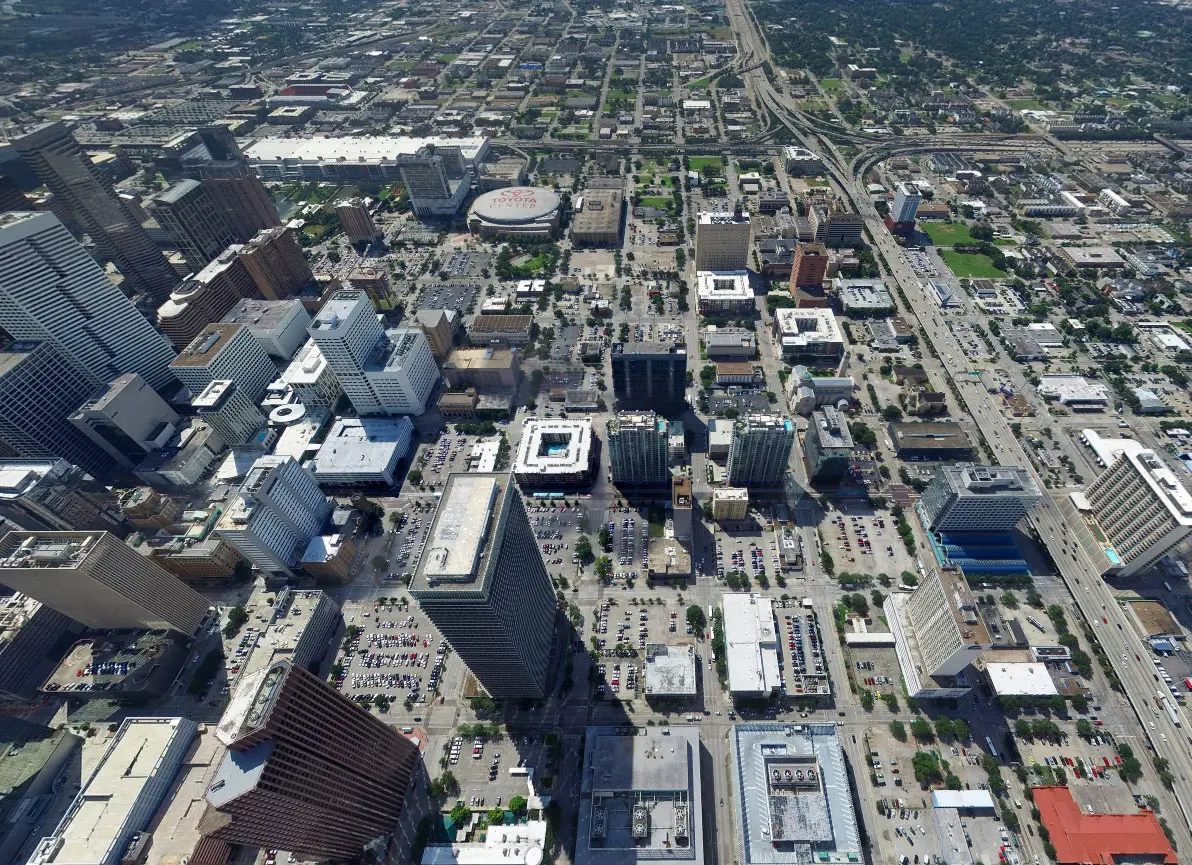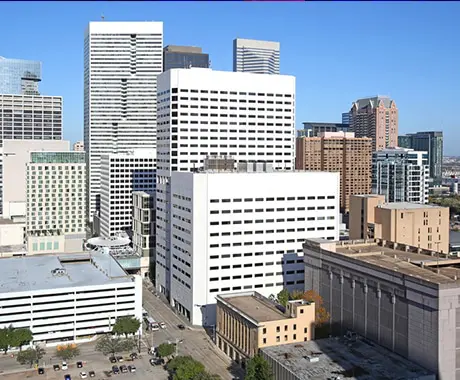In the construction and infrastructure world, details matter. A few centimeters off, and the entire project could face delays, rework, or unexpected costs. That’s why more companies in the U.S. are turning to 3D laser scanning as a reliable, precise, and efficient solution. But what does it really do, and why is Reality IMT a name professionals trust? Let’s break it down in a human-first, problem-solving approach.
What Is 3D Laser Scanning?
3D laser scanning is a non-contact method that captures accurate measurements of a building or site. It uses laser beams to record millions of points in space, known as a “point cloud,” which can be used to generate highly detailed 3D models.
It’s especially useful for projects where traditional measurements fall short or where precision is critical, such as in renovations or as-built documentation. This method allows professionals to capture reality as it exists, creating a digital twin that can be referenced throughout the project lifecycle.
How Is 3D Laser Scanning Performed On-site?
It may sound high-tech, but the actual process of 3D laser scanning is practical and straightforward:
Step 1: Plan the Scan
Every project starts with a plan. The scanning team decides what areas need coverage, the type of scanner to be used (terrestrial, mobile, or drone), and how to process the data afterward. Factors such as lighting, access, safety, and scan objectives all influence this phase.
Step 2: Set Up the Scanner
The scanner is positioned in a stable, obstruction-free location. For buildings, multiple scans from various angles are taken to ensure complete coverage. Depending on the scanner type, it may take just a few minutes to capture a space before being moved to a new location.
Step 3: Scan the Building or Site
The scanner emits laser pulses that bounce off surfaces and return to the device, measuring distances precisely. This data creates a dense 3D point cloud. The entire process is non-invasive and typically doesn’t disrupt ongoing operations at the site.
From Point Cloud to BIM Model
The raw scan data alone isn’t always helpful to project teams. So, the point cloud is processed into usable models:
- Data cleaning: Remove noise and irrelevant points
- Point cloud registration: Align scans taken from different angles
- Surface reconstruction: Convert point clouds into usable 3D surfaces
- Integration into BIM: Import into platforms like Revit or AutoCAD for detailed building modeling
This transformation allows architects, engineers, and contractors to interact with accurate digital representations of the real-world space, improving planning, coordination, and construction accuracy.
Benefits of 3D Laser Scanning in Construction
3D scanning is not just about cool tech. It’s about solving real, everyday issues in construction:
- Reduces on-site rework: Scanning helps catch problems before construction begins.
- Saves time: Fewer return site visits are needed.
- Improves safety: No need to climb dangerous structures or enter hazardous zones just to measure.
- Better collaboration: All stakeholders have access to the same reliable digital information.
- Enables renovation planning: Know exactly what exists before redesigning.
- Improves cost predictability: With precise site data, cost estimations and schedules are more accurate.
- Assists in compliance: Accurate documentation supports regulatory and safety requirements.
Real Challenges U.S. Companies Face
Despite its benefits, many companies struggle with:
- Lack of trained staff to handle laser scan data
- High upfront costs of scanners and software
- Difficulty integrating data into existing workflows
- Overwhelming amounts of data that’s hard to manage
- Unreliable third-party vendors delivering low-quality scans
Reality IMT addresses all these challenges with expert teams, fast turnaround, and industry-standard formats tailored to your needs.
Applications Across Industries
Reality IMT provides 3D laser scanning for a wide range of industries:
- Architecture, Engineering & Construction (AEC)
- Oil, Gas, Energy & Chemical
- Roadways & Utilities
- Railroad & Transit
Some specific applications include:
- Clash detection in MEP coordination
- Historical building preservation
- Construction progress monitoring
- Topographic surveys for roadway planning
- Refinery and plant scans for shutdown planning
From bridge assessments to refinery retrofits, the technology adapts to every need.
Types of Scanners & Techniques
There are several ways to scan a space, depending on the project:
| Technique | Use Case | Pros | Cons |
| Terrestrial | Building exteriors, industrial sites | High accuracy | Slower, manual setup |
| Mobile | Warehouses, corridors | Fast, flexible | Slightly lower accuracy |
| Drone (UAV) | Large outdoor areas, roofs | Covers wide areas quickly | Needs open airspace |
Each technique has its place, and Reality IMT leverages the best-fit technology based on the site, objectives, and client needs.
Best Scanners in the Industry
| Scanner | Ideal For | Accuracy | Highlights |
| Leica RTC360 | Complex structures, fast scanning | ±2mm | Onboard registration, colorized scans |
| Faro Focus X130 | Facility scans, reverse engineering | ±0.003mm | Versatile, high-detail capabilities |
| Trimble X7 | Indoor surveys, product design | ±0.02mm | Compact, efficient |
These scanners help deliver precise, consistent results, ensuring the highest quality for every scan project.
The Future of 3D Scanning in Construction
As AI and robotics advance, laser scanning is becoming smarter. Robots equipped with LiDAR are already inspecting tunnels and factories. AI now assists in detecting defects directly from scan data.
Digital twins virtual replicas of real assets are also becoming mainstream. These allow for real-time monitoring, predictive maintenance, and better decision-making across an asset’s lifecycle.
Beyond that, GIS and BIM integration allows for spatial and data-rich project management. AI-powered insights can now scan, process, and alert decision-makers in near real-time, creating new standards in design-build workflows.
Learn more about how 3D laser scanning is reshaping construction.
Conclusion
3D laser scanning isn’t just a trend it’s a shift in how the built world is understood and managed. From capturing existing conditions to driving future-ready design, it solves challenges that traditional methods can’t.
At Reality IMT, we don’t just scan buildings. We help people plan better, avoid problems, and build with confidence.
Want to learn how 3D laser scanning can solve your project’s specific challenges? Contact us today for a consultation.
